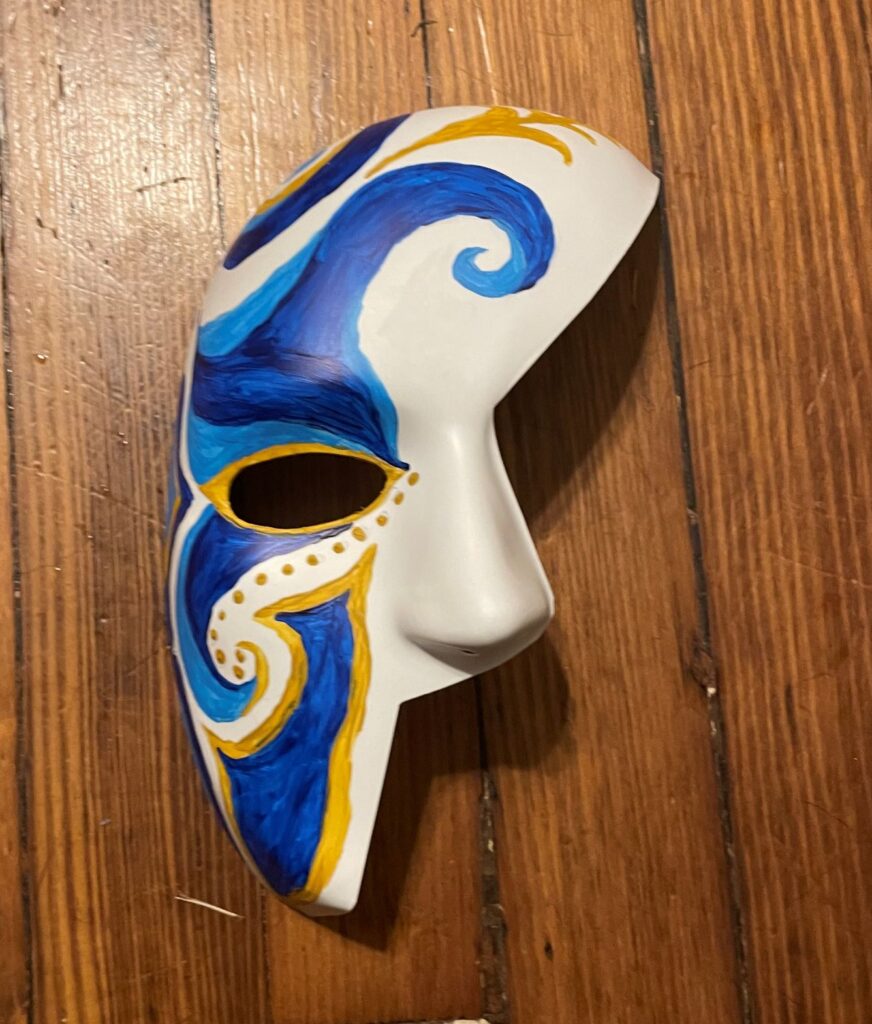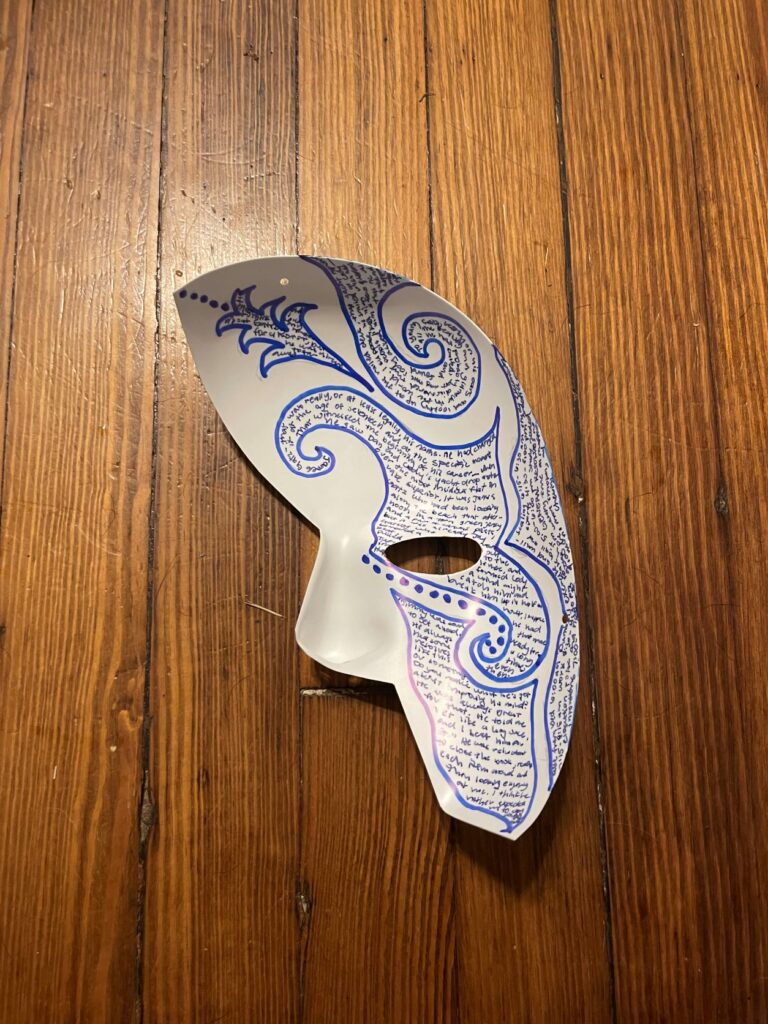In the ancient Greek dramas, the actors would wear masks. Even though the Greeks were able to design an amphitheater that amplifies the sound of an actor’s voice, they were unable to do so with the actor’s face and emotions. As a solution, they designed masks that exaggerated certain emotions as a way for actors to portray those emotions to even the very back corners of an amphitheater. The actors used these masks as a persona for the character they were portraying. It hid their true face and allowed them to fully immerse themselves into their characters. In much the same way, money and wealth is the modern persona that masks the person behind it.
I am arguing that “The Great Gatsby” is a novel that explores the identity and the myth of success as well as the underlying tragedy and loneliness behind success. My 21st century Great Gatsby has to do with the talked-of self and the unexpressed self that Leo Braudy was talking about.
In “The Great Gatsby,” Jay Gatsby is a persona that we see. He’s wealthy and extravagant and seems put together. The blue on the front of this mask represents the surface level persona that people portray, especially Gatsby in the novel- the talked-of self, while the gold interweaved represents the money and wealth being the foundation for this persona. On the back are certain passages from the book about James Gatsz, the real person behind the persona of Gatsby, outlined in blue to show the unexpressed self.


The tragedy and loneliness I’m arguing for comes from people never seeing the inside of the mask and their real self never being expressed, until, at least in Gatsby’s case, after their death/downfall.